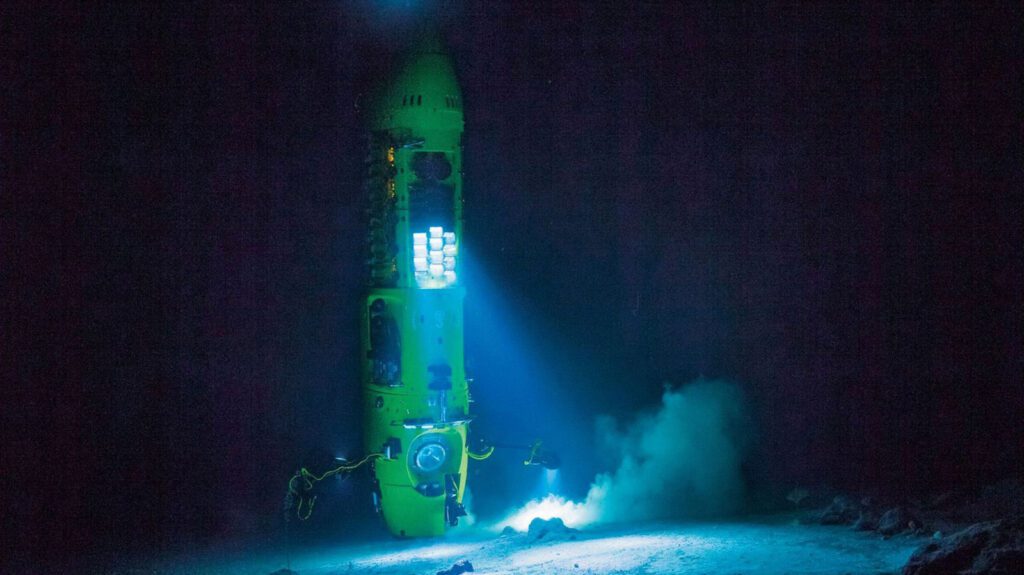A virus was discovered in the Mariana Trench, known to be the deepest place in the ocean and on the planet, once again demonstrating that life persists in that location.
The deepest point in this area reaches nearly 11,000 meters in the Pacific.
Min Wang, a researcher at the Ocean University of China (OUC), in collaboration with an international team of scientists, reported this week in “Microbiology Spectrum” the discovery.
The researchers detailed that they found a new virus isolated from sediment brought to the surface from a depth of 8,900 meters.
It is a bacteriophage, which means it is a virus that infects and replicates inside a bacterium.
Some experts believe they are the most abundant form of life on Earth.
“As far as we know, this is the deepest known isolated phage (bacteriophage) in the global ocean,” stated a press release from the American Society for Microbiology (ASM).
Its name is vB_HmeY_H4907, and specialists believe it is widely distributed in the ocean.




It infects bacteria of the genus Halomonas, which are generally found in sediments in the ocean depths and hydrothermal vents, which are geyser-like openings on the seafloor that release hot water.
According to the analysis of the virus’s genetic material, there may be a previously unknown viral family in the depths of the ocean, said Min Wang.
The specialist also revealed that the newly discovered bacteriophage is lysogenic.
This means it invades and replicates within its host without killing the bacterial cells.
As the cells divide, the viral genetic material is also copied and transmitted.
TYT Newsroom


